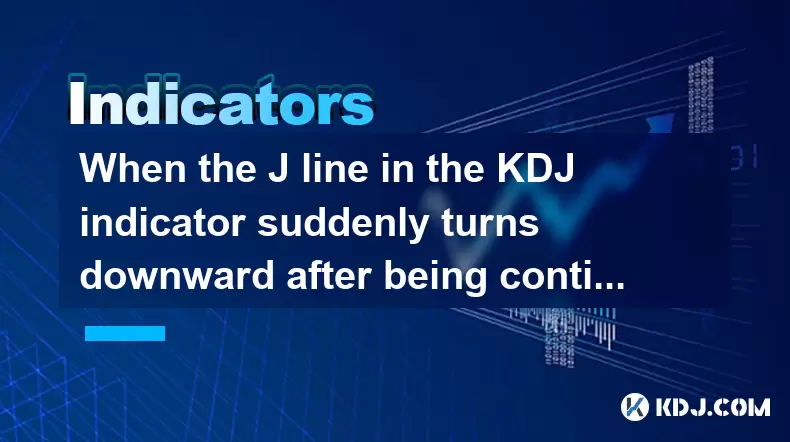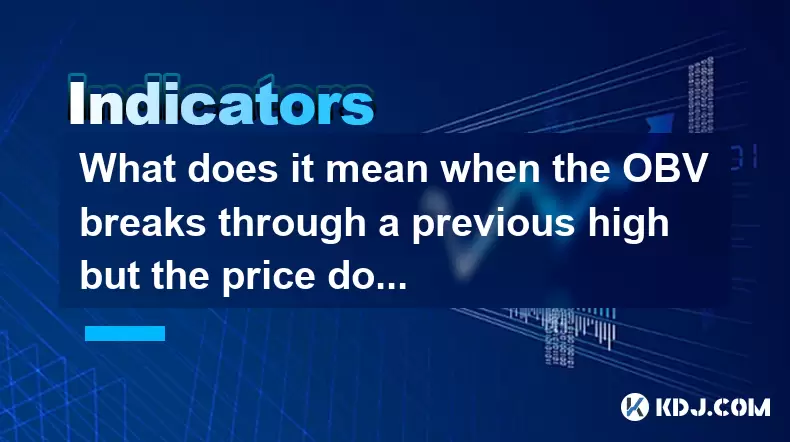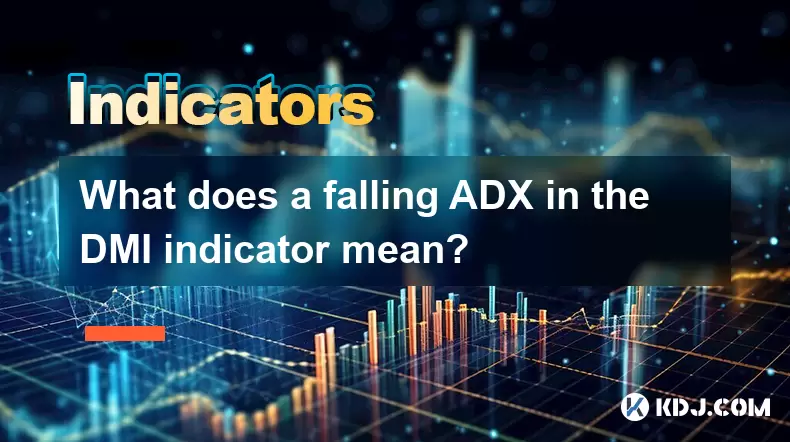-
 Bitcoin
Bitcoin $116700
0.24% -
 Ethereum
Ethereum $3973
4.34% -
 XRP
XRP $3.283
7.68% -
 Tether USDt
Tether USDt $1.000
0.01% -
 BNB
BNB $789.8
2.27% -
 Solana
Solana $176.2
3.31% -
 USDC
USDC $0.9999
0.00% -
 Dogecoin
Dogecoin $0.2238
5.14% -
 TRON
TRON $0.3389
-0.51% -
 Cardano
Cardano $0.7907
4.03% -
 Stellar
Stellar $0.4527
10.02% -
 Hyperliquid
Hyperliquid $41.07
4.27% -
 Sui
Sui $3.794
1.77% -
 Chainlink
Chainlink $19.49
10.40% -
 Bitcoin Cash
Bitcoin Cash $580.9
0.74% -
 Hedera
Hedera $0.2617
4.32% -
 Avalanche
Avalanche $23.41
3.67% -
 Ethena USDe
Ethena USDe $1.001
-0.03% -
 Litecoin
Litecoin $122.4
1.38% -
 Toncoin
Toncoin $3.364
1.49% -
 UNUS SED LEO
UNUS SED LEO $8.988
0.37% -
 Shiba Inu
Shiba Inu $0.00001295
2.82% -
 Uniswap
Uniswap $10.62
5.75% -
 Polkadot
Polkadot $3.922
4.46% -
 Dai
Dai $1.000
0.01% -
 Bitget Token
Bitget Token $4.494
2.15% -
 Monero
Monero $268.0
-1.30% -
 Cronos
Cronos $0.1523
3.68% -
 Pepe
Pepe $0.00001127
4.43% -
 Aave
Aave $285.4
4.85%
A cross star with shrinking volume after a long positive line: Is it an upward relay pattern?
A cross star with shrinking volume after a long positive line may signal an upward relay pattern if the market context and technical indicators align.
Jun 01, 2025 at 09:14 pm

In the world of cryptocurrency trading, chart patterns play a crucial role in predicting future price movements. One such pattern that often sparks debate among traders is the cross star with shrinking volume after a long positive line. The question many traders ask is whether this pattern signifies an upward relay pattern. To understand this, we need to delve deeper into the characteristics of this pattern, its implications, and how it fits into the broader context of cryptocurrency market analysis.
Understanding the Cross Star Pattern
A cross star is a candlestick pattern that appears when the opening and closing prices are very close to each other, resulting in a small body with long upper and lower shadows. This pattern indicates a period of indecision in the market, where neither buyers nor sellers have a clear advantage. When a cross star follows a long positive line, it suggests that after a strong upward move, the market is taking a pause.
The Role of Volume
Volume is a critical factor in confirming the validity of any chart pattern. In the case of a cross star following a long positive line, shrinking volume indicates that the enthusiasm of the buyers is waning. This is significant because it suggests that the upward momentum might not be as strong as it was during the formation of the long positive line.
Is It an Upward Relay Pattern?
An upward relay pattern typically signals that a bullish trend is likely to continue after a brief consolidation. For a cross star with shrinking volume after a long positive line to be considered an upward relay pattern, several conditions must be met:
- The long positive line should represent a significant bullish move, indicating strong buying pressure.
- The cross star should show that the market is taking a breather, but not reversing direction.
- Shrinking volume during the formation of the cross star should not be too drastic, suggesting that the pause is temporary.
If these conditions are met, the pattern could indeed be interpreted as an upward relay, signaling that the bullish trend is likely to resume after the consolidation phase.
Analyzing the Pattern in Context
To accurately interpret the cross star with shrinking volume after a long positive line, it's essential to consider the broader market context. This includes:
- Previous price action: Look at the trend leading up to the long positive line. Was it a consistent bullish trend, or was the long positive line an outlier?
- Market sentiment: Assess the overall sentiment in the cryptocurrency market. Are there any significant news events or macroeconomic factors that could influence the price?
- Technical indicators: Use other technical indicators like moving averages, RSI, and MACD to confirm the potential for an upward relay pattern.
Trading Strategies Based on This Pattern
If you identify a cross star with shrinking volume after a long positive line as an upward relay pattern, you might consider the following trading strategies:
- Buy on the breakout: Wait for the price to break above the high of the cross star. This breakout, accompanied by an increase in volume, could confirm the continuation of the bullish trend.
- Set stop-losses: Place a stop-loss order below the low of the cross star to manage risk. This ensures that if the pattern fails and the price moves against your position, your losses are limited.
- Monitor volume: Keep an eye on volume levels after the breakout. A sustained increase in volume can further validate the upward relay pattern.
Practical Example
Let's walk through a practical example of how to trade this pattern:
- Identify the long positive line: Suppose you see a long bullish candle on the daily chart of Bitcoin, indicating strong buying pressure.
- Spot the cross star: The next day, a cross star appears with the opening and closing prices nearly identical, and the volume is lower than the previous day.
- Analyze the context: Check the overall trend and other technical indicators to ensure they align with the potential for an upward relay.
- Wait for the breakout: If the price breaks above the high of the cross star with increased volume, it could be a signal to enter a long position.
- Execute the trade: Buy Bitcoin at the breakout level, and set a stop-loss below the low of the cross star.
- Monitor the trade: Keep an eye on subsequent price action and volume to adjust your strategy as needed.
Potential Pitfalls and Misinterpretations
While the cross star with shrinking volume after a long positive line can be a powerful signal, it's important to be aware of potential pitfalls:
- False breakouts: Sometimes, the price might break above the high of the cross star, but fail to sustain the upward move. This can lead to false breakouts and potential losses.
- Over-reliance on patterns: No single pattern should be used in isolation. Always combine chart patterns with other technical and fundamental analysis to increase the accuracy of your predictions.
- Market volatility: The cryptocurrency market is known for its high volatility. Patterns that work in more stable markets might not always hold true in the crypto space.
FAQs
1. Can the cross star pattern appear in different time frames, and does the interpretation change?
Yes, the cross star pattern can appear in various time frames, from one-minute charts to daily or weekly charts. The interpretation generally remains the same, but the significance of the pattern may vary. In shorter time frames, the pattern might indicate a brief pause in the trend, while in longer time frames, it could suggest a more significant consolidation period.
2. How can I differentiate a cross star with shrinking volume from a bearish reversal pattern?
To differentiate a cross star with shrinking volume from a bearish reversal pattern, look at the subsequent price action and volume. If the price continues to move upwards after the cross star, especially with increasing volume, it's more likely to be an upward relay pattern. Conversely, if the price starts to decline and volume increases on the downside, it might indicate a bearish reversal.
3. Are there other patterns that can confirm an upward relay after a cross star?
Yes, other patterns that can confirm an upward relay after a cross star include bullish engulfing patterns, morning stars, and bullish harami patterns. These patterns, when appearing after a cross star, can provide additional confirmation that the bullish trend is likely to continue.
4. How important is the position of the cross star in relation to support and resistance levels?
The position of the cross star relative to support and resistance levels is crucial. If the cross star forms near a strong support level, it increases the likelihood of an upward relay pattern, as the support level can act as a springboard for the price to resume its upward move. Conversely, if the cross star forms near a resistance level, it might indicate a potential reversal or a more significant consolidation phase.
Disclaimer:info@kdj.com
The information provided is not trading advice. kdj.com does not assume any responsibility for any investments made based on the information provided in this article. Cryptocurrencies are highly volatile and it is highly recommended that you invest with caution after thorough research!
If you believe that the content used on this website infringes your copyright, please contact us immediately (info@kdj.com) and we will delete it promptly.
- Coinbase, Cosmos, and dYdX: Navigating the Crypto Currents
- 2025-08-09 06:30:16
- BNB Price, Altcoins, and Predictions: What's the Buzz?
- 2025-08-09 06:30:16
- Crypto Presale Projects Primed for Gains in 2025: A New Yorker's Take
- 2025-08-09 06:50:15
- Ruvi AI: The Millionaire Maker Poised for a Price Spike?
- 2025-08-09 06:50:15
- Cold Wallet, CoinMarketCap, Cardano & XRP: Navigating Crypto's Next Big Wave
- 2025-08-09 07:10:15
- Hedera (HBAR) Price Surge: Market Cap Soars, What's Next?
- 2025-08-09 07:10:15
Related knowledge

When the J line in the KDJ indicator suddenly turns downward after being continuously overbought, does it indicate a top?
Aug 09,2025 at 06:35am
Understanding the KDJ Indicator and Its ComponentsThe KDJ indicator is a momentum oscillator widely used in cryptocurrency technical analysis to ident...

What does it mean when the TRIX indicator suddenly diverges downward after a long period of convergence?
Aug 09,2025 at 12:56am
Understanding the TRIX Indicator in Cryptocurrency TradingThe TRIX indicator, or Triple Exponential Average, is a momentum oscillator used in technica...

What does it mean when the OBV breaks through a previous high but the price doesn't reach a new high?
Aug 09,2025 at 07:57am
Understanding the On-Balance Volume (OBV) IndicatorThe On-Balance Volume (OBV) is a technical analysis indicator that uses volume flow to predict chan...

Why is the rise limited after a MACD bottoming divergence?
Aug 09,2025 at 12:07am
Understanding MACD Bottoming Divergence in Cryptocurrency TradingThe MACD (Moving Average Convergence Divergence) is a widely used technical indicator...

What does it mean when the OBV continues to rise but the price is trading sideways?
Aug 08,2025 at 10:35pm
Understanding On-Balance Volume (OBV)On-Balance Volume (OBV) is a technical indicator that uses volume flow to predict changes in stock or cryptocurre...

What does a falling ADX in the DMI indicator mean?
Aug 09,2025 at 03:16am
Understanding the ADX and DMI Indicator FrameworkThe DMI (Directional Movement Index) is a technical analysis tool developed by J. Welles Wilder to id...

When the J line in the KDJ indicator suddenly turns downward after being continuously overbought, does it indicate a top?
Aug 09,2025 at 06:35am
Understanding the KDJ Indicator and Its ComponentsThe KDJ indicator is a momentum oscillator widely used in cryptocurrency technical analysis to ident...

What does it mean when the TRIX indicator suddenly diverges downward after a long period of convergence?
Aug 09,2025 at 12:56am
Understanding the TRIX Indicator in Cryptocurrency TradingThe TRIX indicator, or Triple Exponential Average, is a momentum oscillator used in technica...

What does it mean when the OBV breaks through a previous high but the price doesn't reach a new high?
Aug 09,2025 at 07:57am
Understanding the On-Balance Volume (OBV) IndicatorThe On-Balance Volume (OBV) is a technical analysis indicator that uses volume flow to predict chan...

Why is the rise limited after a MACD bottoming divergence?
Aug 09,2025 at 12:07am
Understanding MACD Bottoming Divergence in Cryptocurrency TradingThe MACD (Moving Average Convergence Divergence) is a widely used technical indicator...

What does it mean when the OBV continues to rise but the price is trading sideways?
Aug 08,2025 at 10:35pm
Understanding On-Balance Volume (OBV)On-Balance Volume (OBV) is a technical indicator that uses volume flow to predict changes in stock or cryptocurre...

What does a falling ADX in the DMI indicator mean?
Aug 09,2025 at 03:16am
Understanding the ADX and DMI Indicator FrameworkThe DMI (Directional Movement Index) is a technical analysis tool developed by J. Welles Wilder to id...
See all articles

























































































